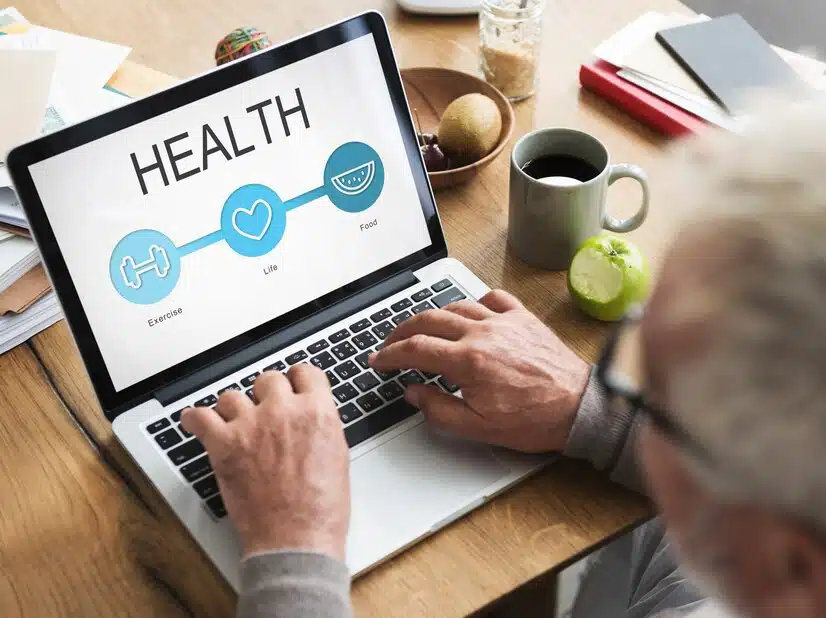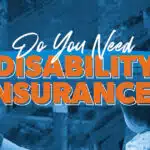Health literacy is a crucial aspect of public health that affects an individual’s ability to make informed decisions about their healthcare. It involves the capacity to obtain, process, and understand basic health information and services needed to make appropriate health decisions. Unfortunately, low health literacy is a widespread issue that can lead to poor health outcomes, increased healthcare costs, and reduced access to essential services. To address this challenge, numerous health literacy programs have been developed to enhance understanding and access to healthcare for diverse populations. This article explores some of the top health literacy programs, highlighting their objectives, strategies, and impact on improving public health.
Before diving into specific programs, it’s essential to understand what health literacy entails. Health literacy goes beyond just reading and writing skills; it encompasses the ability to comprehend medical instructions, navigate the healthcare system, communicate effectively with healthcare providers, and critically evaluate health-related information. Individuals with high health literacy are better equipped to manage chronic diseases, adhere to prescribed treatments, and make healthier lifestyle choices.
Conversely, low health literacy can lead to misunderstandings about medical conditions, improper use of medications, and failure to access preventive care. This issue is particularly prevalent among older adults, individuals with limited education, and non-native speakers of the dominant language in a given region. Addressing health literacy requires targeted interventions that consider cultural, linguistic, and socioeconomic factors.
Top Health Literacy Programs
Health Literacy Innovations Program (HLIP)

The Health Literacy Innovations Program (HLIP) is a comprehensive initiative aimed at improving health literacy through the development and dissemination of clear communication tools and resources. HLIP focuses on creating easy-to-understand materials that can be used by healthcare providers, patients, and caregivers.
- Objectives: The primary goal of HLIP is to reduce the communication gap between healthcare providers and patients. The program seeks to empower patients by providing them with the knowledge and tools needed to make informed health decisions.
- Strategies: HLIP employs a variety of strategies, including the creation of simplified health documents, training healthcare professionals in effective communication techniques, and developing digital tools that enhance patient understanding. The program also emphasizes the importance of cultural competence in health communication.
- Impact: HLIP has been successful in increasing patient engagement and improving adherence to treatment plans. By making health information more accessible, the program has contributed to better health outcomes and reduced healthcare disparities.
Teach-Back Method Initiative
The Teach-Back Method is a widely recognized health literacy program that focuses on improving patient comprehension through interactive communication. This method involves healthcare providers asking patients to repeat back the information they have been given to ensure they understand it correctly.
- Objectives: The goal of the Teach-Back Method Initiative is to enhance patient-provider communication and ensure that patients fully understand their diagnoses, treatment plans, and medication instructions.
- Strategies: The initiative encourages healthcare providers to use plain language, avoid medical jargon, and confirm patient understanding by asking them to “teach back” the information. Providers are trained to identify and address any gaps in understanding during the conversation.
- Impact: Studies have shown that the Teach-Back Method significantly improves patient understanding and satisfaction. Patients who participate in this initiative are more likely to adhere to their treatment plans and experience better health outcomes. The method has been widely adopted in hospitals, clinics, and other healthcare settings.
Ask Me 3 Program

The Ask Me 3 Program is an educational initiative designed to promote clear communication between patients and healthcare providers. The program encourages patients to ask three specific questions during their medical appointments to ensure they understand their health condition and treatment.
- Objectives: The Ask Me 3 Program aims to empower patients to take an active role in their healthcare by asking essential questions that clarify their diagnosis, treatment, and necessary actions.
- Strategies: Patients are encouraged to ask their healthcare providers the following three questions:
- What is my main problem?
- What do I need to do?
- Why is it important for me to do this?
- Impact: The Ask Me 3 Program has been successful in improving patient engagement and health literacy. By fostering open communication, the program helps patients feel more confident in managing their health, leading to better adherence to treatment and improved health outcomes.
Plain Language Program
The Plain Language Program is an initiative that advocates for the use of simple, clear language in all health-related communications. The program is based on the premise that health information should be accessible to everyone, regardless of their literacy level.
- Objectives: The Plain Language Program seeks to eliminate the use of complex medical terminology and jargon in health communications. The goal is to ensure that all patients, regardless of their background, can understand the health information they receive.
- Strategies: The program provides guidelines and training for healthcare providers on how to communicate using plain language. It also involves the revision of written materials, such as patient brochures, consent forms, and medication labels, to make them more understandable.
- Impact: The Plain Language Program has been instrumental in improving the clarity of health information. Patients who receive information in plain language are more likely to understand their health conditions and treatment options, leading to better health outcomes and reduced errors in healthcare.
Health Literacy for Diverse Populations

This program focuses on addressing the unique health literacy challenges faced by diverse populations, including immigrants, refugees, and non-native speakers of the dominant language. The program emphasizes culturally and linguistically appropriate communication.
- Objectives: The goal of this program is to reduce health disparities by improving health literacy among diverse populations. The program aims to create a more inclusive healthcare environment where all patients can access and understand health information.
- Strategies: The program includes the development of multilingual health materials, culturally tailored education programs, and training for healthcare providers on cultural competence. It also involves community outreach efforts to engage diverse populations in health literacy initiatives.
- Impact: The program has been effective in bridging the gap between healthcare providers and diverse populations. By providing culturally and linguistically appropriate resources, the program has improved health literacy and access to healthcare services for marginalized groups.
Also Read : Essential Tips For Maintaining Physical Health
Conclusion
Health literacy is a critical factor in achieving better health outcomes and ensuring equitable access to healthcare. The programs highlighted in this article—such as the Health Literacy Innovations Program, the Teach-Back Method Initiative, and the Ask Me 3 Program—demonstrate effective strategies for enhancing health literacy among diverse populations. These initiatives not only improve patient understanding and engagement but also contribute to reducing healthcare disparities and improving public health.
As healthcare systems continue to evolve, the importance of health literacy will only grow. By supporting and expanding health literacy programs, we can empower individuals to take control of their health, make informed decisions, and ultimately, lead healthier lives. Investing in health literacy is an investment in the well-being of communities and the future of healthcare.
FAQs
Q1: What is health literacy, and why is it important?
A1: Health literacy is the ability to obtain, process, and understand basic health information and services needed to make informed health decisions. It is important because it affects an individual’s ability to navigate the healthcare system, follow medical instructions, and make informed choices about their health.
Q2: How can health literacy programs improve healthcare outcomes?
A2: Health literacy programs improve healthcare outcomes by enhancing patient understanding of health information, promoting effective communication between patients and providers, and empowering individuals to take an active role in their healthcare. These programs help reduce misunderstandings, improve adherence to treatment plans, and lead to better overall health.
Q3: Who benefits from health literacy programs?
A3: Health literacy programs benefit everyone, but they are especially valuable for individuals with low literacy levels, older adults, non-native speakers, and those with limited education. These programs help ensure that all patients can understand and access the healthcare they need.
Q4: What role do healthcare providers play in improving health literacy?
A4: Healthcare providers play a crucial role in improving health literacy by using clear communication, providing easy-to-understand information, and encouraging patients to ask questions. Providers can also participate in training programs that teach effective communication techniques and cultural competence.
Q5: How can I improve my own health literacy?
A5: You can improve your health literacy by asking your healthcare provider questions, seeking out reliable health information from trusted sources, and participating in health education programs. It’s also helpful to bring a friend or family member to medical appointments for support and to take notes.





